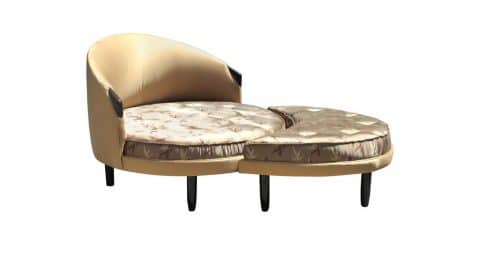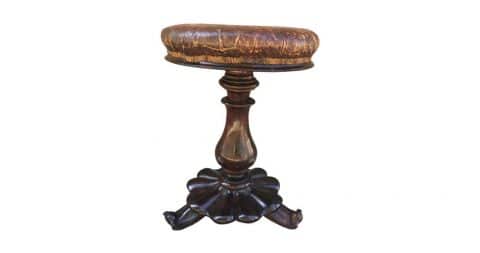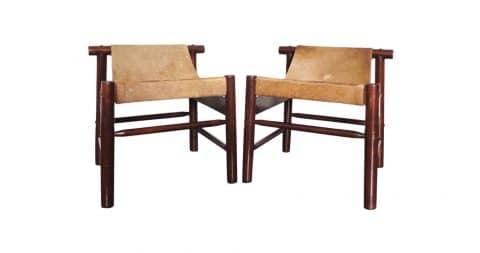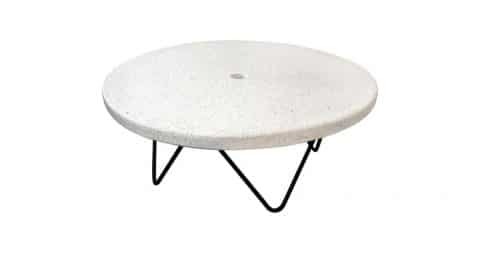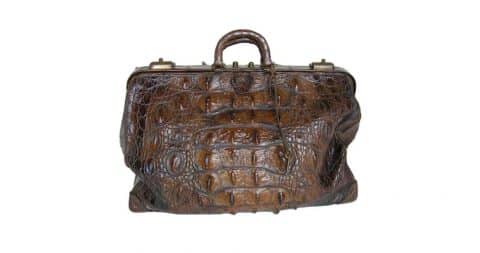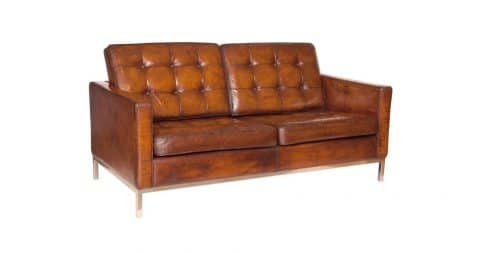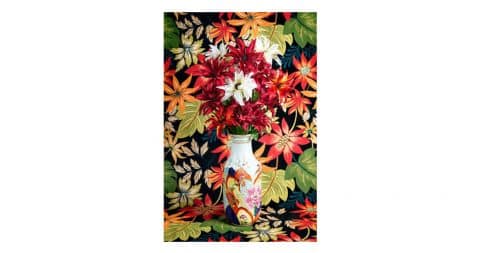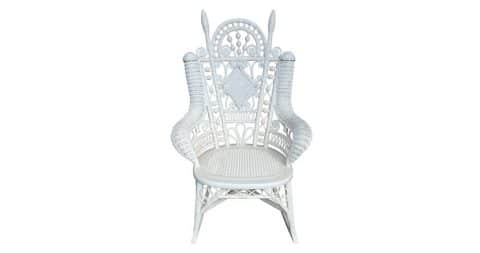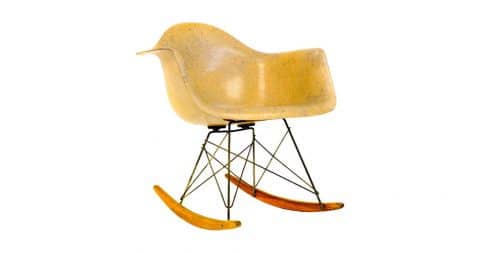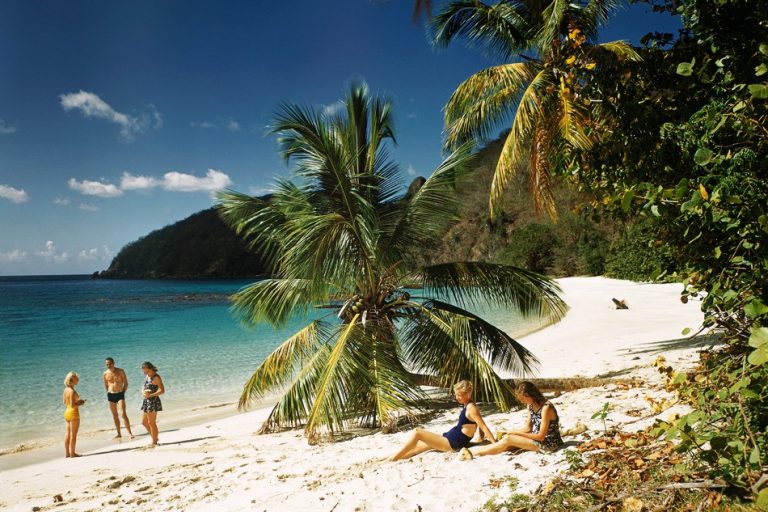
January 22, 2018A painting by Damián Aquiles hangs on a distressed-looking dining room wall in the home he shares with his wife, Pamela Ruiz. Top: The rear elevation of this 1930 home, now the French ambassador’s residence, was modeled onCa’ d’Zan, circus-maestro John Ringling’s Venetian-inspired Florida mansion. All photos by Adrián Fernández, courtesy of Rizzoli
Cuban-American relations have changed greatly since the election of President Donald Trump. His administration has rolled back some of the friendly measures President Obama introduced toward Cuba, making it harder for independent travelers to visit the island. So, the insider access offered by Havana Living Today: Cuban Home Style Now (Rizzoli) feels all the more special. The book’s author is Hermes Mallea, an architect and cofounder, with Carey Maloney, of (M) Group design firm in Manhattan, whose family originated in Cuba. He has long explored and documented private houses on the island, which he calls “one of the few destinations left in the world with its own identity.”
This is Mallea’s third book about Cuba, and it is full of revelations, documenting the resourcefulness shown by homeowners in maintaining the beauty and integrity of a wide variety of architectural styles, from Beaux Arts classicism to Art Deco to Spanish Colonial revival to International Style modernism.
“This is the untold story of Cuba’s one percent — in contrast to the often-told hardships faced by ninety-nine percent of the island’s citizens struggling with overcrowding, scarcities, political isolation and financial insecurity,” Mallea writes.
Each chapter focuses on a different group, among them the old guard who managed to keep their houses after the revolution, the diplomats who rent mansions the state confiscated after 1959, the expats, the artists, the art collectors and the entrepreneurs who turned family homes into restaurants. The book, Mallea writes, “portrays the end of a world that has existed in isolation for fifty years.”

In the 1920s home of artist Sandra Ramos, the master bedroom is outfitted with Renaissance Revival furniture and bold pops of color.
“This is the untold story of Cuba’s one percent — in contrast to the often-told hardships faced by ninety-nine percent of the island’s citizens struggling with overcrowding, scarcities, political isolation and financial insecurity.”

Aquiles and Ruiz’s living room features vintage furniture and a turn-of-the-century light fixture. The original wallpaper is exposed above the painted wainscoting. One of Aquiles’s metal spheres is visible through the window.
Perhaps that is why the interiors brim with so much personality, whether the furniture is Cuban colonial, Rococo Revival, Victorian or mid-century modern. Many are jam-packed with contemporary Cuban artwork. Most retain their original vibrant tile floors, colored-glass windows, wood shutters and wrought-iron balconies.
The owners represent a who’s who of Havana: Dagoberto Rodríguez, of the wildly successful Cuban artist collective Los Carpinteros; film star Jorge “Pichi” Perugorría, Cuba’s leading man; and Pepe Horta, a founder of Miami’s Café Nostalgia.
Some are self-taught decorators who, Mallea explains, are “appropriating the aesthetic of decay.” Incredibly resourceful, they know how to repair, repurpose and recycle. “They kept alive a design culture that existed before the 1959 revolution,” he writes.
The book is an insider’s guide to Havana.I know this, as I was fortunate enough to be among a group of American supporters of the Sir John Soane Museum in London on a weeklong architecture- and design-oriented trip to Havana with Mallea as guide.
We were welcomed by the Swiss ambassador, who has a pristine modern house designed in 1956 by Richard Neutra for a family of Swiss snowbirds, with lush landscaping by Roberto Burle Marx. We also visited the British ambassador’s residence, a 1916 neoclassical mansion with an indoor pool designed to resemble a Roman bath. Built for the banker Pablo González de Mendoza by architect Leonardo Morales. it has been a diplomatic residence since 1934, when the owners rented it to the Italian legation. The spectacular pool house was added in 1918, constructed to the specifications of New York architect John H. Duncan, who designed Grant’s Tomb. We also dined in the private house-cum-studio of the painter Damián Aquiles and his wife, Pamela Ruiz, a mover and shaker from New York. Here, wallpaper has been stripped off most walls, leaving distressed surfaces on which contemporary paintings are displayed. Vintage furniture from the 1950s and Aquiles’s colorful metal spheres sit on intricately patterned tile floors. At a festive buffet, we happily discussed the world with Cuban writers, photographers and painters.
“This family home performs a dual profession role — as both a gallery for Damián’s work and a site for cultural diplomacy where two worlds connect,” Mallea writes. These three residences are among the 41 beautifully photographed by Adrián Fernández for this remarkable book. It makes you want to jump on the next plane before the door to Cuba closes.
Hermes Mallea’s Quick Picks on 1stdibs
PURCHASE THIS BOOK
or support your local bookstore







